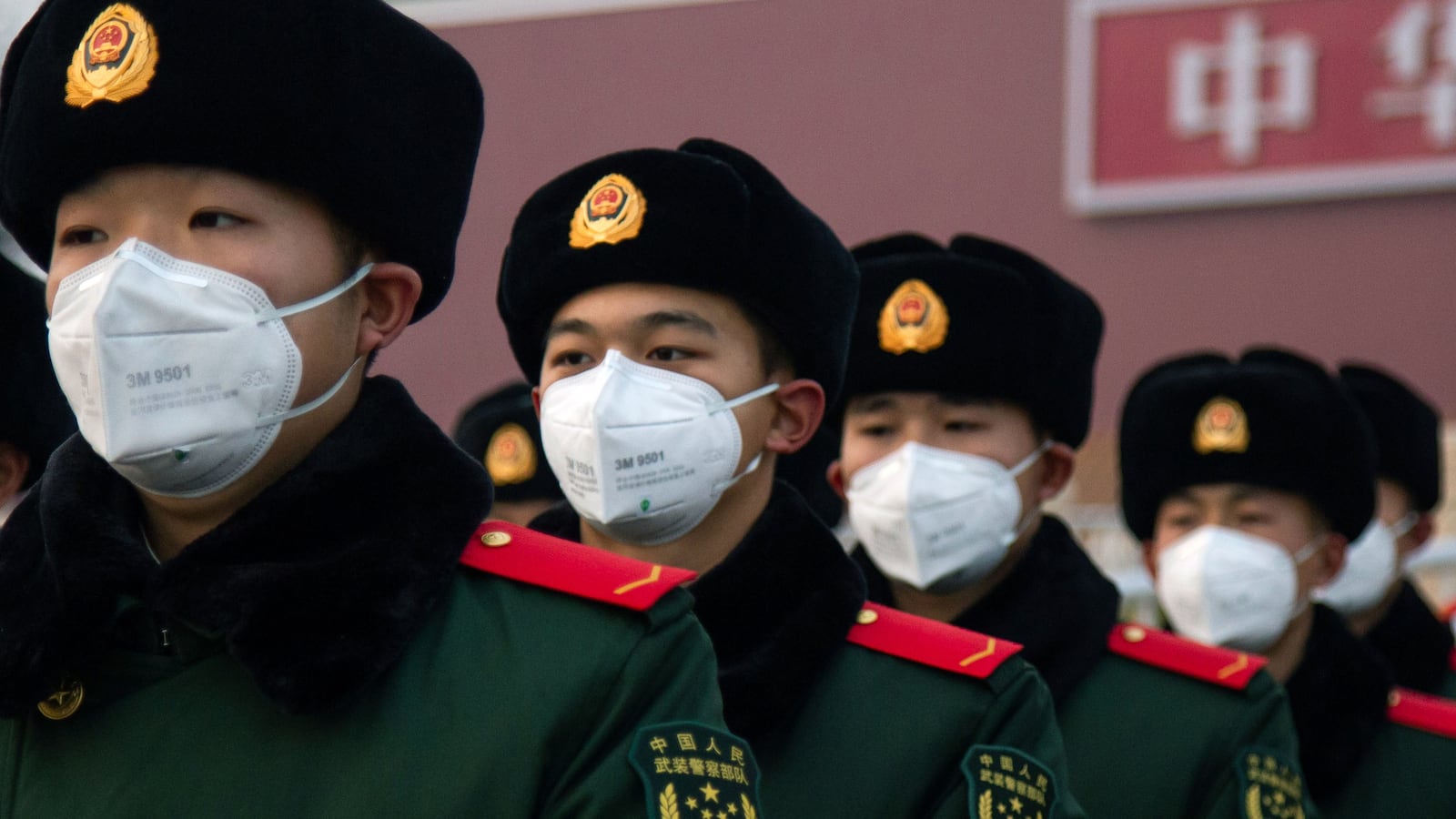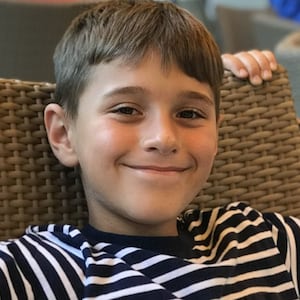,One day after the World Health Organization announced a $675 million plan to fight the spread of the new, deadly coronavirus, marquee names from the Bill & Melinda Gates Foundation to the nation of Japan have already donated substantial sums to the cause.
The high-profile charity efforts came amidst a rapidly rising death toll from the disease, which has claimed lives almost entirely in mainland China—and reflected solidifying fears that unprecedented containment efforts were little match for a possible pandemic.
“We welcome support from all donors big and small,” said Dr. Tedros Adhanom Ghebreyesus, director-general of the World Health Organization.
As the toll for confirmed cases in China hit 28,060 early Thursday morning, Tedros emphasized that officials still really “don’t properly understand its transmissibility.”
“We have no vaccine to prevent infections and no therapeutics to treat them,” Tedros said during a press conference from Geneva, Switzerland. “We’re shadowboxing. We need to bring this virus out into the light to attack it properly.”
As of 6 a.m. Geneva time on Thursday, there were a total of at least 564 deaths caused by the 2019 novel coronavirus, despite a deeply controversial lockdown of about 50 million people in the province of Hubei, where the disease originated. While those numbers are concerning, many public health experts have voiced skepticism at their accuracy, noting that hospitals and laboratories are under such severe strain that the totals are likely much higher than we currently know. Meanwhile, in China, the lockdown has exacerbated the shortage of hospital beds, medical supplies, and testing kits.
Outside of China, there were 225 cases in 24 countries, with one fatality, WHO officials said Thursday.
“My biggest worry is that there are countries today who do not have the systems in place to detect people who have contracted with the virus, even if it were to emerge,” Tedros has said. “Urgent support is needed to bolster weak health systems to detect, diagnose and care for people with the virus, to prevent further human to human transmission and protect health workers.”
Tedros also said the WHO was convening a global research and innovation forum next week to mobilize international action to learn more about the virus and curb its spread. The forum, which will conclude on Wednesday, will fast-track the development and evaluation of effective diagnostic tests, vaccines, and medicines, according to the organization.
“Understanding the disease, its reservoirs, transmission and clinical severity and then developing effective countermeasures is critical for the control of the outbreak, to reduce deaths and minimize the economic impact,” said Dr. Soumya Swaminathan, the WHO’s Chief Scientist.
Meanwhile, in the United States, laboratory test kits were shipped on Wednesday from the U.S. Centers for Disease Control and Prevention (CDC) to detect cases of the 2019 novel coronavirus in local, state, federal, and international labs.
The Real-Time Reverse Transcriptase Diagnostic Panel is designed for quick use on patients who meet CDC criteria for 2019-nCoV testing, in conjunction with an existing and already widely used test that identifies seasonal influenza, the agency said. The CDC said it would initially ship out about 400 kits, and that each one can test approximately 700 to 800 patient specimens, with results available within four hours.
“Our goal is early detection of new cases and to prevent further spread of the coronavirus,” said Robert Redfield, director of the CDC. “Distribution of these diagnostic tests to state laboratories, U.S. government partners, and more broadly to the global public health community will accelerate efforts to confront this evolving global public health challenge.”
At last count on Wednesday, the CDC said there were 293 people under investigation for the virus in 36 states, of which 206 tested negative and 76 remained pending. Wisconsin health officials said on Wednesday said they confirmed a new case, the first in the state, on top of 11 previously confirmed by the CDC.
Also on Wednesday, more Americans who were evacuated from the virus’ epicenter in Wuhan, China arrived at Travis Air Force Base, southwest of Sacramento, California, about a week after the first airplane full of repatriated U.S. citizens landed at March Air Reserve Base in Riverside County, California. Officials have said they plan to issue legal quarantine orders on each passenger arriving from Wuhan for 14 days.
More such planes are expected this week at Marine Corps Air Station Miramar in San Diego, Lackland Air Force Base in San Antonio, and Eppley Airfield in Omaha, Nebraska. CDC staff will be on hand to meet the passengers and assess the health of each individual, according to Nancy Messonnier, director of the National Center for Immunization and Respiratory Diseases at the CDC.
“The passengers will be screened, monitored, and evaluated by medical and public health personnel, including before takeoff and during the flight,” Messonnier said Wednesday. “Medical care will be readily available at the first onset of symptoms, if needed.”
To be clear, added Messonnier: “We expect confirmed infections among these and other returning travelers from Hubei province.”
“The measures we are taking may not catch every single returning traveler returning with novel coronavirus—given the nature of this virus and how it is spreading—but if we can catch the majority of them, that will slow the entry of this virus into the United States,” she said.







